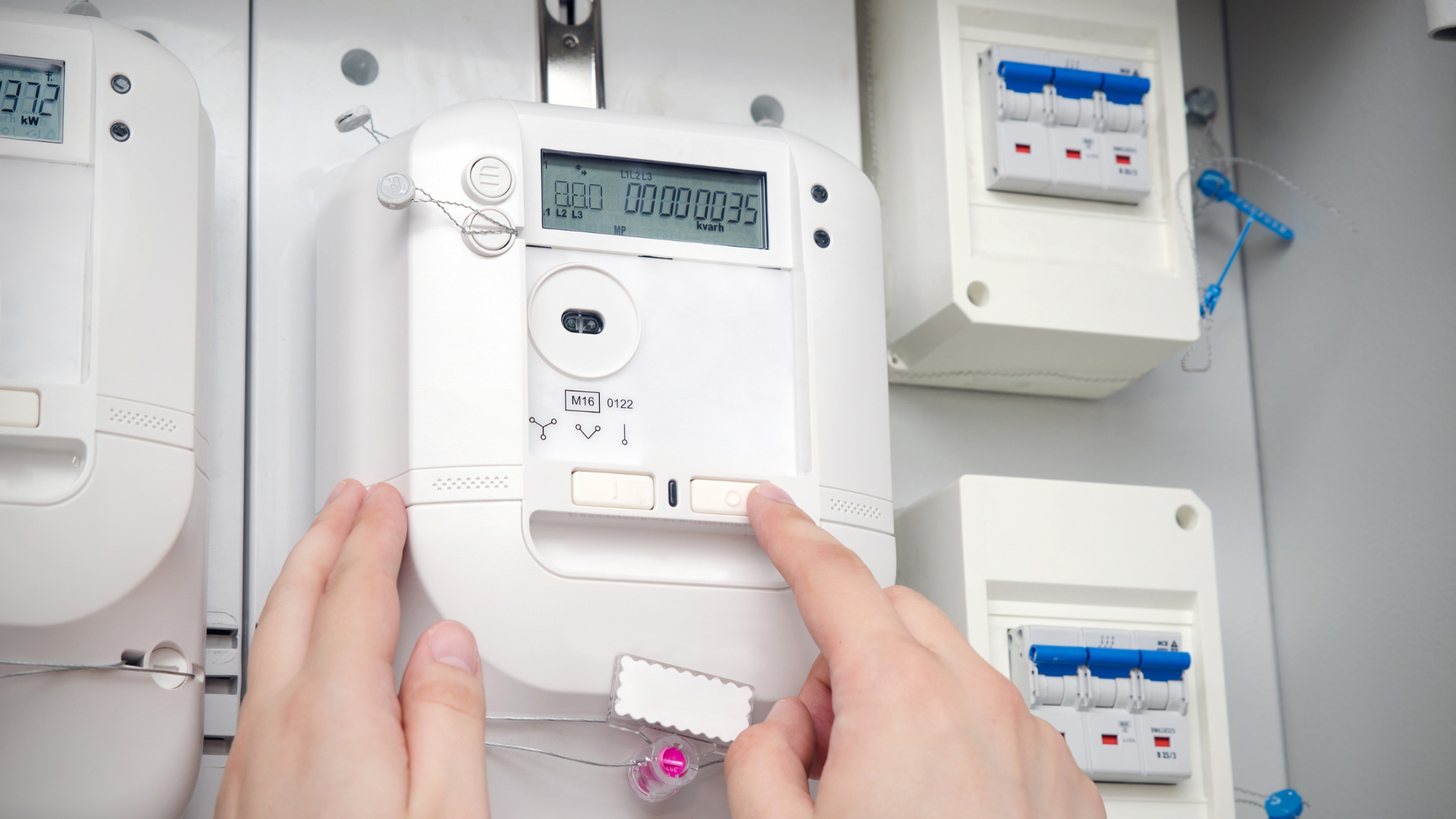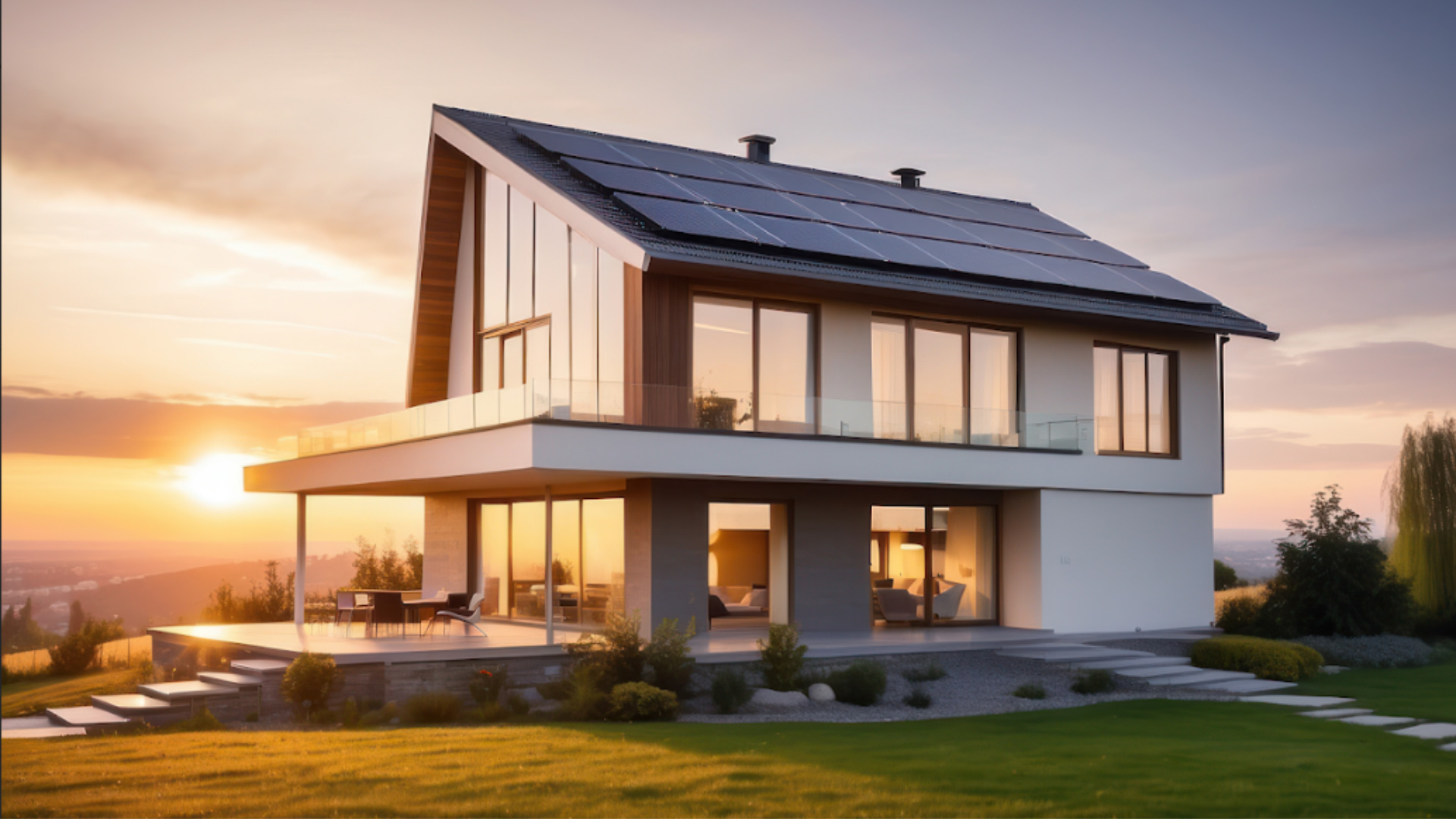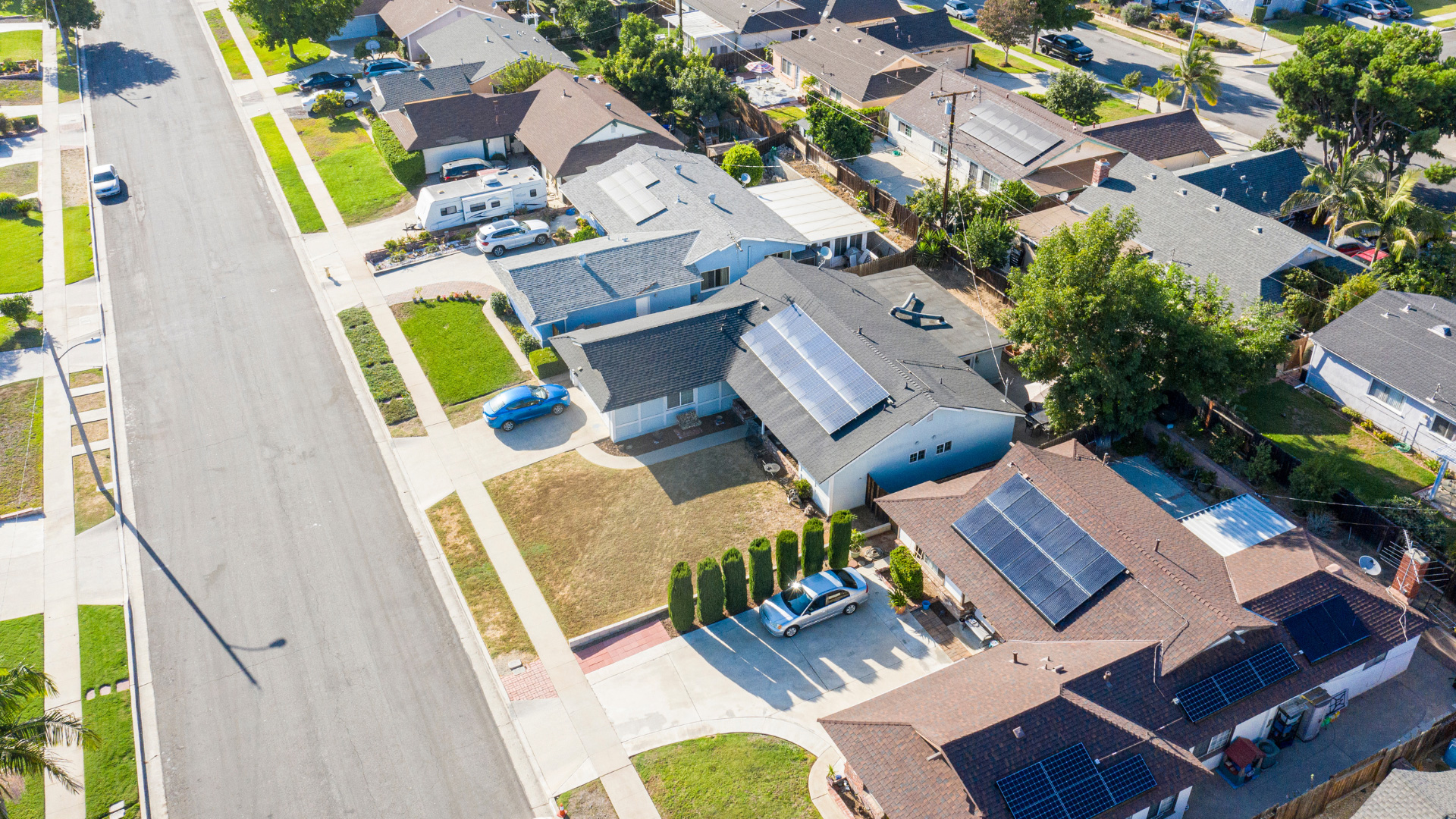In 2020, Pacific Gas & Electric (PG&E) radically changed its pricing structure. Rather than simply billing customers a single, per kilowatt/hour (kW/h) electricity rate, PG&E now charges time-of-use (TOU) rates that account for spikes in demand during “peak” hours. With this arrangement, your rates reflect both your electricity use and the time at which you use it. Thus, running your HVAC system or plugging into your EV charging station could prove significantly more costly at certain points of the day.
Peak and Off-Peak Hours
PG&E TOU rates divide electricity rates into two separate categories: peak and off-peak hours. During peak hours, more consumers are turning their lights and devices on, charging up their EVs and running major appliances. You’ll pay a bit more to use electricity when everybody else is, but you could also pay less to use it during “off-peak” or low-demand hours. In fact, off-peak prices are often 10-30% lower than peak energy prices.
How Does This Affect Solar Users?
In 2024, time-of-use plans were paired with an electricity rate increase of 12.8%. Approved by the California Public Utilities Commission (CPUC), this increase is intended to generate monies for both infrastructure improvements and wildfire prevention. It adds about $32 to the average household’s monthly energy bill. The rise also offers a strong incentive for homeowners to decrease their reliance on the grid and proactively mitigate their energy spending.
Whether you already have solar installed or you’re considering it, it’s important to find the best PG&E TOU plan for your household. On-peak and off-peak hours don’t just impact how much solar users pay for energy. They also affect the amount of credits generated when sending excess energy back to the grid.
PG&E Time Rate Plans
Although time-of-use billing is determined by peak and off-peak hours, PG&E isn’t offering a one-size-fits-all TOU solution. Instead, homeowners can choose from multiple TOU or time rate plans based on their household sizes, their energy demands and their schedules, among other things.
Time-of-Use E-TOU-C
On-peak rates with the E-TOU-C plan run from 4 p.m. to 9 p.m. daily, with off-peak hours spanning from 9 p.m. to 4 p.m. On weekends and holidays, you’ll enjoy off-peak rates all day. However, if you count on the credits generated by sending excess energy back to the grid, you’ll find that credits generated on weekends, holidays and off-peak weekday hours are significantly lower.
Time-of-Use E-TOU-D
Off-peak hours for the PG&E E-TOU-D plan run from 8 p.m. to 5 p.m. weekdays and on-peak hours are from 5 p.m. to 8 p.m. This plan offers the same off-peak rates on weekends and holidays as well as lower compensation or credits for off-peak energy contributions.
EV Rate Plans
The EV rate plans offered by PG&E account for the greater energy demands of larger and more active households and homes with Level II EV charging stations or better. They include:
- TOU EV Base Plan
- Home Charging EV-2A
- Electric Vehicle Rate Plan EV-B
Choosing the Right PG&E Time Rate Plan for Your Household
TOU plans give homeowners many flexible opportunities to save. While basic or base plans only work well for consumers with already limited energy consumption, E-TOU-C, E-TOU-D and the EV-2A and EV-2B plans give solar owners a better opportunity to capitalize on their excess energy and limit their spending despite significant home electrification. There’s even an “Electric Home” E-ELEC plan that curbs the electricity costs of larger households with EV charging stations and all-electric major home appliances.
Lower Your Energy Bill With Solar Energy
Comparing PG&E TOU rates can be confusing to navigate. At Solar Optimum, we have years of experience in the solar industry and can help you find the best option for your household. Contact us to go solar today and enjoy a lower energy bill.






